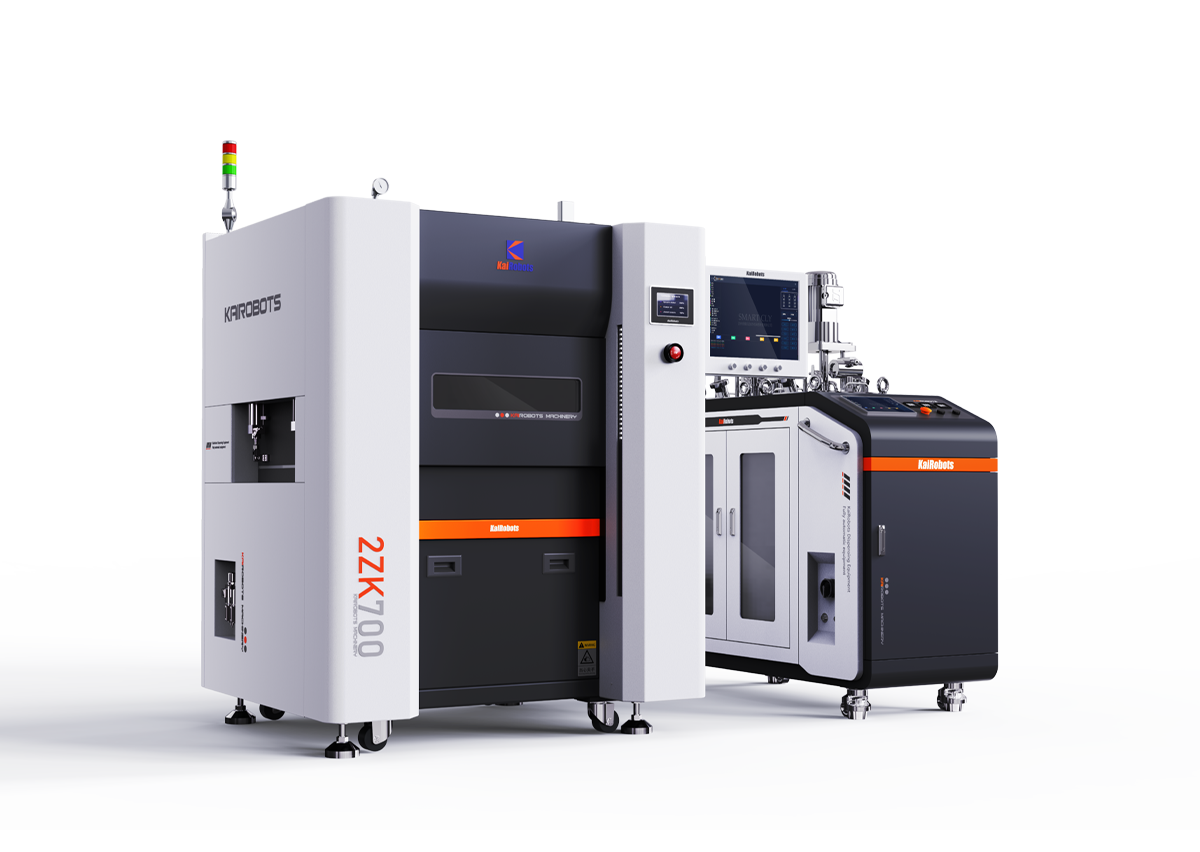What is the main purpose of vacuum sealing unit
source:www.cnkaihui.com | Release time:2025年01月21日1. Electronic and electrical field
Protecting electronic components: Circuit boards, chips, and other components in electronic devices are susceptible to moisture, dust, chemical corrosion, and mechanical vibration during use. By vacuum sealing, sealing materials such as epoxy resin, silicone, etc. are filled around the components in a vacuum environment, and after curing, a solid protective shell is formed to protect the components from external interference and extend their service life. For example, the driving power supply for outdoor LED street lights can adapt to harsh outdoor environments after vacuum sealing.
Improving electrical performance: Vacuum environment can eliminate air between components and reduce the generation of bubbles. Sealing materials can effectively fill gaps, improve insulation performance, reduce the risk of partial discharge and leakage, and ensure stable operation of electronic devices under high voltage and high frequency. Encapsulation of circuit boards like high-voltage inverters can enhance electrical insulation and ensure reliable operation of equipment.
2. In the field of automobile manufacturing
Ensuring the stability of automotive electronic systems: The electronic control systems of automobiles, such as engine control units (ECUs), onboard sensors, etc., work in complex environments and must withstand high temperatures, vibrations, humidity, and other factors. Vacuum sealing can protect these electronic components, ensuring their stable performance under harsh working conditions, avoiding failures caused by environmental factors, and improving the overall reliability and safety of automobiles.
Enhance the sealing of automotive components: Some automotive components, such as automotive lighting fixtures, wiring harness connectors, etc., require good sealing. Vacuum sealing can ensure that the sealing material fully fills the gaps, prevent water vapor and dust from entering, and ensure the normal operation of the components. For example, after vacuum sealing, car headlights can effectively prevent water and dust, extend their service life, and improve lighting effects.
3. Aerospace field
Meeting stringent environmental requirements: Aerospace equipment operates in extreme environments such as high altitude and space, and electronic devices must withstand significant temperature changes, strong radiation, and high mechanical vibrations. Vacuum sealing can provide reliable protection, ensuring stable performance of equipment under extreme conditions, guaranteeing flight safety and smooth mission progress. Electronic instruments on satellites can adapt to harsh space environments after vacuum sealing.
Improving product reliability: The aerospace industry has high requirements for equipment reliability, and any minor malfunction can lead to serious consequences. Vacuum sealing can enhance the stability of the connection between electronic components and structural parts, reduce poor contact or damage caused by vibration and impact, and improve the reliability and stability of the entire system.
4. Lighting industry
Extending the lifespan of lighting fixtures: For LED lighting fixtures, especially outdoor and underwater lighting fixtures, vacuum sealing can prevent moisture and oxygen from coming into contact with LED chips and circuits, avoiding corrosion and oxidation, and extending the lifespan of lighting fixtures. Like underwater landscape lights, vacuum sealing can ensure long-term normal operation in water.
Improving lighting quality: Encapsulation materials can improve the optical performance of lighting fixtures, reduce light refraction and scattering losses, and make light more uniform and soft. At the same time, effective heat dissipation ensures that the LED chip operates at a suitable temperature, improves luminous efficiency and stability, and enhances overall lighting quality.
prev:
What is the main function of the servo glue line
next:
What is the working principle of FPC glue dispens…

 中文
中文 英文
英文





 WeChat official account
WeChat official account
 Scan your phone once
Scan your phone once
 Wechat ID:
Wechat ID:
 wechat
wechat
 contact
contact
 phone
phone